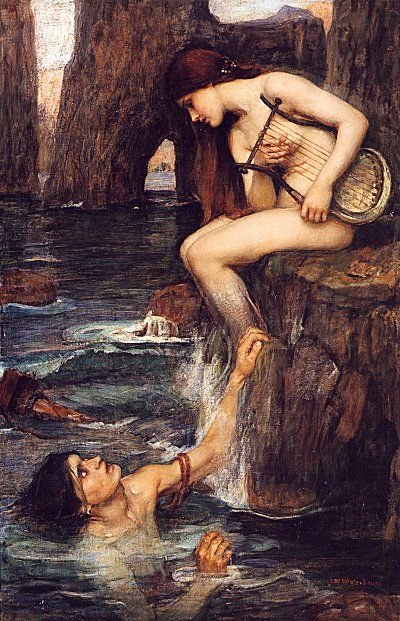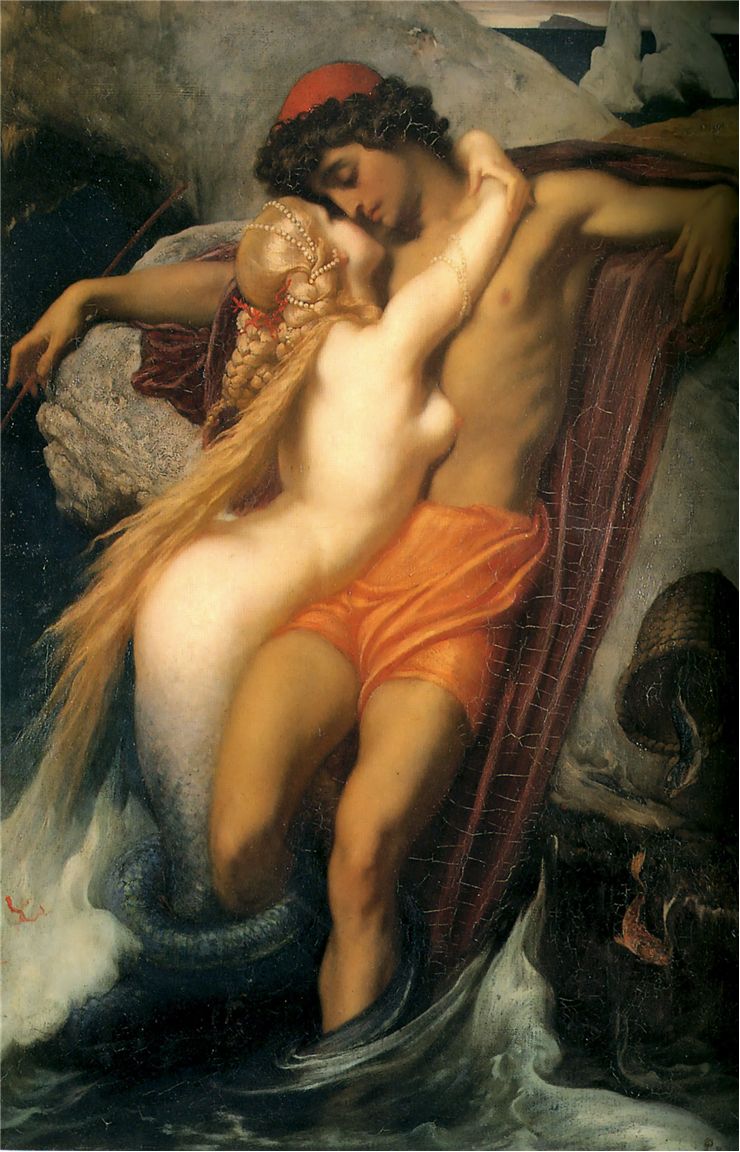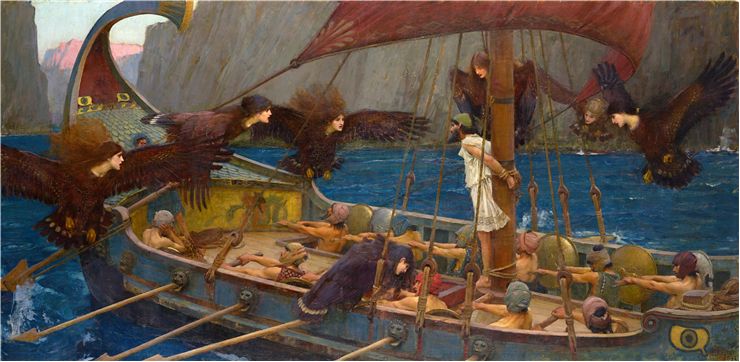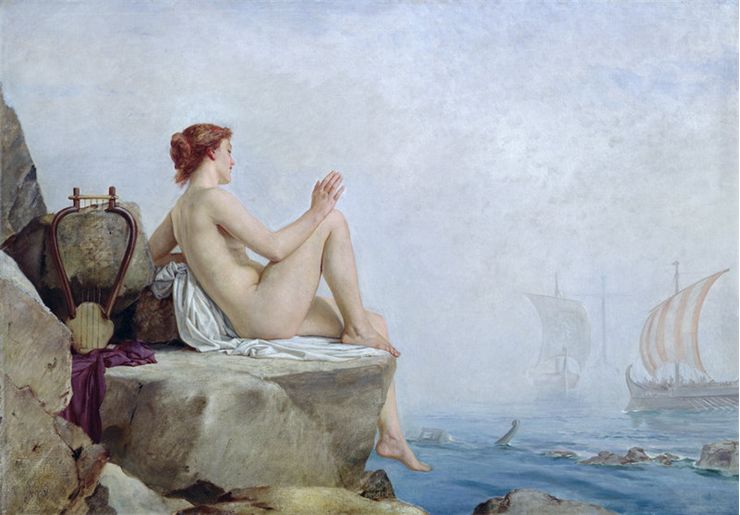History of Sirens
Many cultures around the world had their myths and legends about beautiful mermaids. Some thought of them as the bringers of life, creation and love, others as the protectors of the sea and its secrets, but Ancient Greek culture saw the sea as a very dangerous place, filled with water spirits who preyed upon the men. Because of that, their version of mermaids personified the allure of the unknown, danger of the sea and sexual attraction of beautiful woman into one mythical creature - winged sirens.
In the earliest Greek myths, sirens represented the beautiful women who rested on the shore of the ocean, singing a song of love and sometimes playing string musical instruments. Men who heard their song became instantly enhanced, mesmerized, and walked to them where they received only gruesome death, at times by drowning or sometimes being eaten. Sometimes they were portrayed as sea mermaids, but most often they have winged women whose song forced ships into rocky shores or led mesmerized men to fall from high cliffs and mountains. Over the centuries, they became the personification of dangerous, beautiful women (femme fatales), and sometimes even ordinary women were called Sirens if their seductive lifestyle led to some misfortune or death.
In the Greek mythology sirens were the daughters of river god the Achelous who lived on the island of SirenumScopuli, Antemusia Islands, Plorum cape or Capreae mountains, but they were not viewed as deities. In some myths, they were created to be the playmates of young Persephone (daughter of Zeus, Goddess of Springtime), but were created into monsters by her mother Demeter after Hades abducted Persephone.
In the written text that survived to this day, we have information of many names of those daughters, with most famous being Parthenope (maiden face), Ligea (shrill) and Leucosia (white being). Other less frequent sirens were Aglaope (beautiful face), Aglaophonos (beautiful voice), Molpe (music), Raidne (improvement), Teles (perfect), and Thelxepeia (soothing words). Greek literature mentioned sirens on many occasions most notably in Euripides' "Helen" (where anguished Helen called the help of "Winged maidens, daughters of the Earth") and Homer's Odyssey (where Odysseus and his crew were enchanted by the siren's song, until they regained their minds with the help of Orpheus' music).
Because of the strong belief in Greece, the myth of sirens spread across Europe, where it was adapted into many other forms (especially in Roman Empire, Spain, France, Italy, Poland and England). There they were viewed exclusively as a water dwelling creatures (which brought confusion and mixing with the mermaids), but they remained hostile, dangerous and capable of wrecking chaos. Their popularity in the western world had a significant impact on many myths and legends, and Latin name "Sirenia" today lives as a term that describes the order of the order of fully aquatic, herbivorous mammals (such as dugong and manatee who have some visual resemblance to mermaids and sirens).



